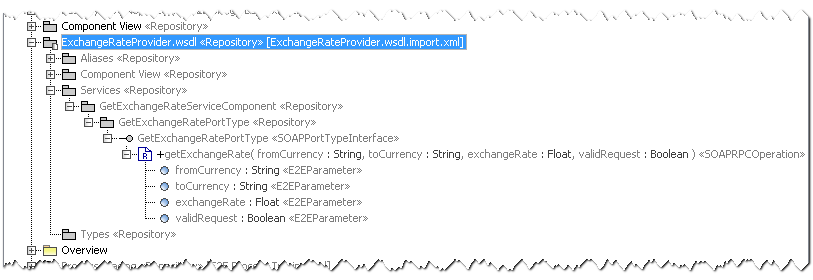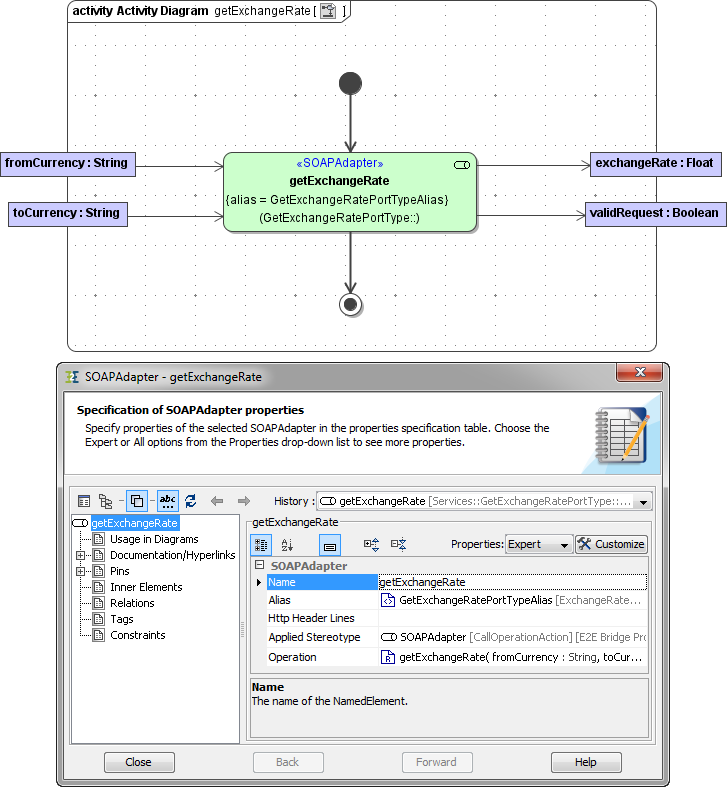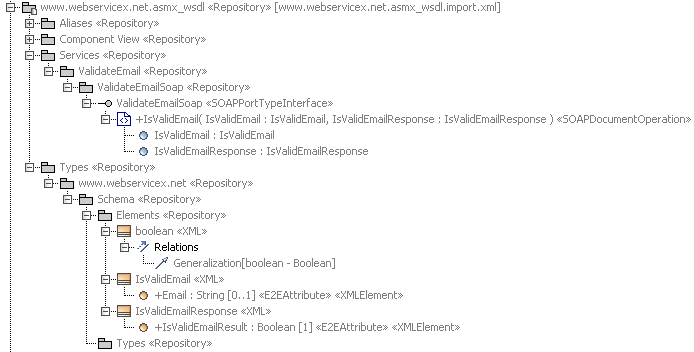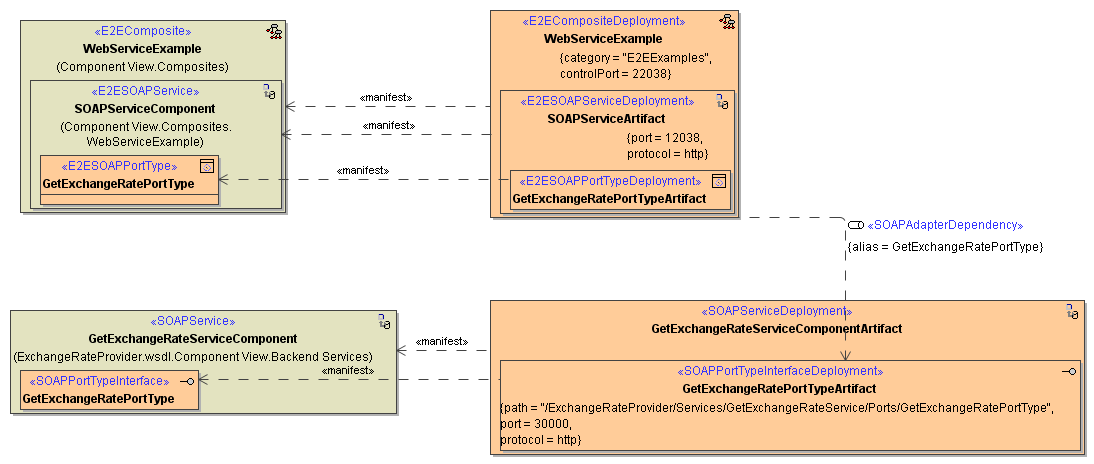Page History
| Div | ||||||
|---|---|---|---|---|---|---|
| ||||||
|
...
...
...
...
| MultiExcerptName | soap_tagged_values |
|---|
...
Defines whether the transaction ID is sent in a SOAP header element <TransactionID>...</TransactionID> with namespace http://e2e.ch/bridge.
If sent, the calling and the called service can be identified to belong to the same transaction.
...
Defines whether the correlation ID is sent in a SOAP header element <CorrelationID>...</CorrelationID> with namespace http://e2e.ch/bridge .
The correlation ID is used to identify each SOAP call.
...
timezone
...
| Multiexcerpt include | ||||||
|---|---|---|---|---|---|---|
|
...
| Multiexcerpt include | ||||||
|---|---|---|---|---|---|---|
|
...
| Multiexcerpt include | ||||||
|---|---|---|---|---|---|---|
|
...
| Multiexcerpt include | ||||||
|---|---|---|---|---|---|---|
|
...
soapVersion
...
Specify the SOAP version used with this SOAP call.
...
...
...
SOAP Adapter Components and Deployment of Builder Version 5.1
Deprecated since Builder 6.0
...
| title | Click here to read the documentation of the component and deployment diagram used in Builder releases before 6.0 ... |
|---|
The operation defined in the WSDL file is specified in the operation property in the SOAP adapter node.
The physical definition, meaning which Bridge will fulfill this operation, is done in the deployment diagram. To make a link from the SOAP-call in the activity diagram ...
... to the corresponding component diagram the tagged value alias has to be used.
The alias-linked backend service artifact from the component diagram hold in the deployment diagram the location to the web service server, which supplies the "getExchangeRate" service.
...





